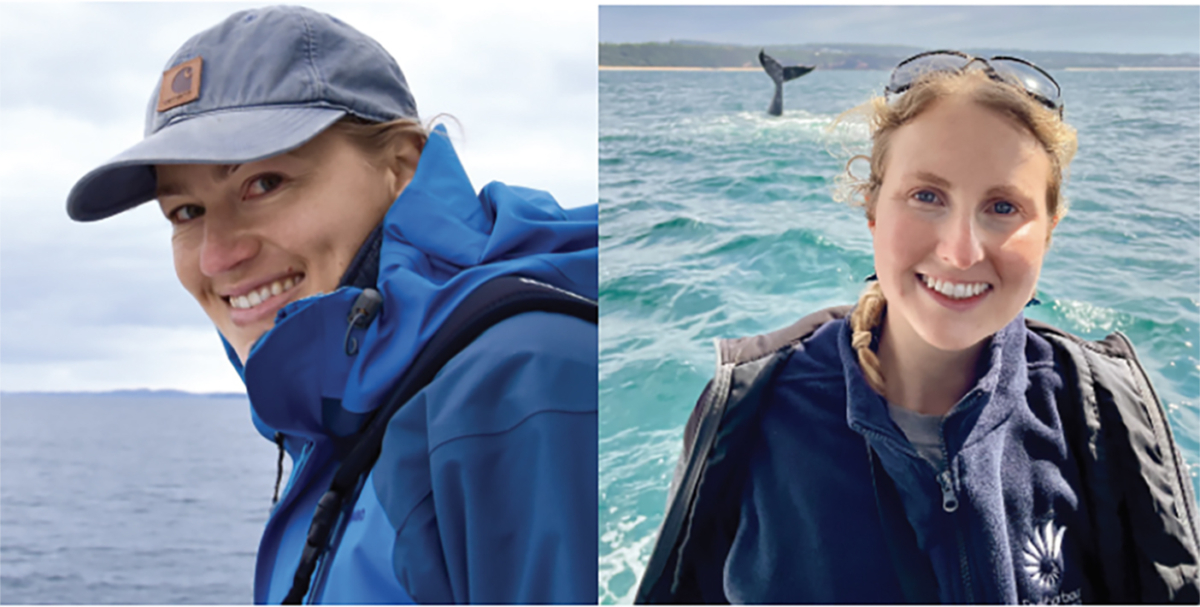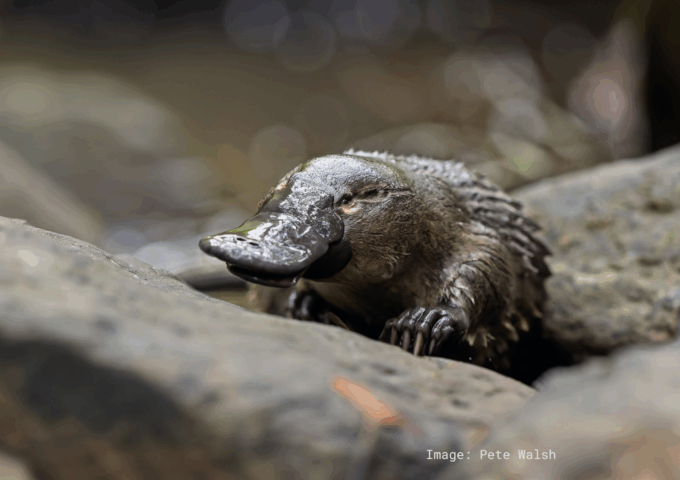- local
What’s the Porpoise? Marine mammal research
- - (AEST)
-
Jervis Bay Maritime Museum
11 Dent Street, Huskisson NSW 2540, Australia

Join us at the Jervis Bay Maritime Museum to hear from two amazing researchers on what they are doing to help the ocean.
Dr Katharina Peters: Uncovering the Secrets of the Sea: Research from the MAVE Lab
From researching the local dolphins in Jervis Bay to monitoring humpback whales across the South Pacific, the Marine Vertebrate Ecology (MAVE) Lab at the University of Wollongong is at the forefront of marine wildlife research. Join us for a behind-the-scenes look at how we study the lives of whales, dolphins, and seals, from drone-based body condition assessments to modelling the impacts of climate change and human activity on marine mammals. This presentation will highlight some of our most exciting discoveries, share the tools we use to study elusive ocean animals, and explore how science can help protect these species for generations to come.
Elise Beaumont Fisheries bycatch is pushing dolphin populations toward extinction
Bycatch, the accidental capture of dolphins in fisheries, usually results in injury or death. My research looked at how serious this threat is for common dolphins in New Zealand. Using a method called population viability analysis, which helps predict a species' future based on how fast they reproduce and what threats they face, I estimated how bycatch affects the numbers of common dolphins in New Zealand over time. The results were alarming: the population is declining by about 4% each year and could be functionally extinct by the year 2100.
This study shows that even dolphins that appear common are at serious risk, and it highlights the urgent need for better bycatch prevention in our fisheries.
Location
Location Information
Best parking for wheelchair access is the Dent Street car park.






